Which Party to Choose if You Care about Canadian Women's Sex-Based Rights
This Canadian election, feminists will have to grit their teeth at the ballot.
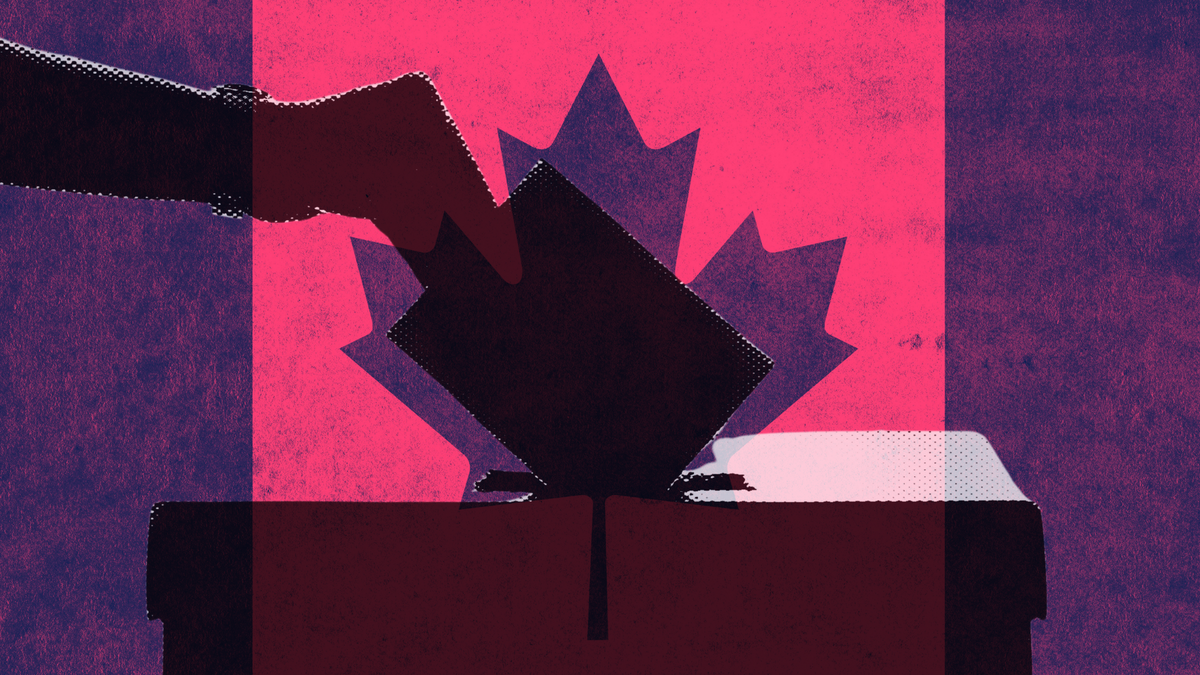
In our current reality of batshit crazy politics and truth-denying society, no matter where they might fall on the political spectrum, women are too often on the losing side.
Consider the recent American election where women were faced with the choice of the Republicans, a party hell-bent on rescinding abortion rights and the Democrats, a party catering to the woke folks who insist on the eradication of women’s sex-based rights. Biden ultimately won and pretty much destroyed women’s rights in his first hundred days of office with the Equality Act. For American women, it was a "heads you lose, tails I win" situation.
Canadian women face a similar dilemma in the upcoming Federal election taking place on September 20th. Of the five main parties, each leaves a lot to be desired when it comes to women’s sex-based rights.
Green Party
The Green Party, led by Annamie Paul, has an extensive list of policy ideas under their “Advance LGBTQI2+ Rights” section of their platform including
“ensuring that trans, non-binary, and Two Spirit people, without undertaking surgeries, are able to alter their sex designation on all federally-issued documents consistent with their gender identity” (otherwise known as self-ID) and “ban and condemn practice of conversion therapy in all forms.”
They also pledge to “require accessible facilities in all federal buildings, including gender-neutral washrooms, changing facilities, etc.while also re-affirming trans, non-binary and Two Spirit people’s right to use whichever facilities with which they identify.”
As we’ve seen with Prime Minister Trudeau’s insidious gender identity policies, self-ID has led to abusive and dangerous men being put in women’s prisons based on no other reason than how the man “idenitifies” which has led to the rape and abuse of female prisoners. The Green Party, it seems, is promising more of the same.
NDP
The New Democratic Party of Canada (NDP), led by Jagmeet Singh, actually has a section on their official party platform that addresses “advancing gender equity.” It acknowledges that women (and yes they use the word “women”), still face discrimination and “gender-based” violence in Canada. (Note that it is not “sex-based” violence.)
They promise to put an end to “gender-based pay discrimination” and put in place a “National Action Plan” to end “gender-based violence.” They also make promises to provide women with affordable childcare and better access to abortion services.
All of these policies address legitimate concerns that Canadian women have and yet on the very same page, right beside “advancing gender equity” is a section entitled “Upholding LBGTQI2S+ Rights.” In this section of their platform, they promise to “immediately legislate a ban on conversion therapy in Canada” which has become code for banning all other forms of therapy for people (usually children and young adults) struggling with gender dysphoria and taking the “affirmation-only” model as the only legitimate form of treatment.
Thousands of detransitioners and other medical professionals have testified time and time again that the affirmation-model most certainly does not work for everyone and it prevents doctors from providing other forms of care.
The NDP platform also has a bizarre sentence woven into their platform to end “the discriminatory ban on blood donation by men who have sex with anyone assigned male at birth.” So…men who have sex with other men? Otherwise known as gay (or bisexual) men? It seems odd that in the outline of their policies for “LGBTQI2S+ people” the NDP doesn’t appear to know what homosexuality even is.
But, hey, they used the word “woman” on their website so…small victories, right?
Conservative Party
The Conservative Party, led by Erin O’Toole, unlike the Greens and NDP have no sections in their platform that address either women’s rights or the rights of the LBTQIA+ alphabet soup.
Their platform focuses more on jobs and the economy which is typical of the party. However, O’Toole was recently wrangled into addressing the abortion question on the campaign trail and while he stated that he was “pro-choice,” he also said that he believed in the rights of physicians to refuse performing abortions if it was against their religious beliefs.
While this is far less extreme than being anti-choice full stop, physicians being able to refuse providing abortions to women on the grounds of their personal beliefs is still concerning. Disentangling abortion, which is a legitimate and safe medical practice, from patriarchal religious attitudes that strive to control women’s bodily autonomy is an ongoing struggle and needs to be addressed.
Besides the abortion issue, the Conservative party of Canada has a less-than-stellar track record when it comes to women’s issues. While Conservative leader Stephen Harper was in power, his government slashed funding for the Ministry of the Status of Women (which is currently Women and Gender Equality Canada or WAGE). There was also no concrete action taken to address the epidemic of murdered and missing Indigenous women that has taken place across the country for decades. In fact, Harper’s government cut funding for the Native Women’s Centre as well as other related organizations.
Trudeau's Liberals
And then there are the Liberals, led by the self-proclaimed “feminist” Prime Minister Justin Trudeau. During his years in office, Trudeau’s “feminist” policies have included allowing violent men to identify their way into women’s prisons and decimating women’s single-sex spaces including changing rooms and bathrooms.
Even more disturbing, he has disqualified organizations like Vancouver Rape Relief from receiving federal funding because they are one of the few women’s shelters who will not allow men to identify their way into a space that is supposed to serve women who have been traumatized by violence and sexual assault.
Trudeau’s Liberals are also responsible for the passing of Bill C-16 which added “gender identity and expression” to the Canadian Human Rights Act and enshrined protections for it from “hate speech” under the Criminal Code. Unlike immutable characteristics such as sex and skin color, TRAs have been unable to provide a satisfying definition on what “gender identity” and “gender expression” actually are without referring to stereotypes so the fact that something so nebulous and indefinable has been encoded into Canadian law is cause for concern.
Before the election was called, the Liberals were also working on pushing through Bill C-6, their own “conversion therapy” ban. According to the official website of the government of Canada, “conversion therapy” is defined as “practices, treatment, or services designed to change an individual’s sexual orientation to heterosexual or gender identity to cisgender or to reduce non-heterosexual attraction or sexual behaviour.”
If passed, the bill would prohibit doctors and other healthcare providers from offering other legitimate forms of therapy to people struggling with gender dysphoria-they would only be able to “affirm” the patient’s “identity” which would lead to putting more and more children on the conveyor belt to irreversible and damaging medical transition.
The bill was dissolved when the election was called, along with any other bills that were making their way through Parliament. However, it seems likely that Trudeau and his woke Liberals would reintroduce it should they be reelected.
The current Liberal platform is not exactly reassuring for women. On their website, under the heading “Gender Equality” it states:
“We have always been, and always will be, a proudly feminist government. But we know there is more to do to address long standing gender inequities in Canada.”
People's Party of Canada
So far, the only party willing to address the insanity of gender identity ideology is the People’s Party of Canada, a far-right party that wants to withdraw Canada from the Paris Accord and make it easier for oil and gas companies to exploit the environment. The PPC chalks “gender identity” up to a free speech issue (which it is but is also a lot more than that) and does not seem to have any other policies that address women’s other concerns such as pay equity and male violence.
With this staggering lack of options, how’s a Canadian woman to vote?
There’s the “no-vote” option. A legitimate strategy, refusing to check a ballot for an anti-women politician but it may not sit well with women who do want to exercise their right to vote and believe that voting for an imperfect candidate is better than not voting at all.
This election cycle, Canadian women may just have to grit their teeth and vote for the party whose policies most closely align with their political beliefs in other areas, such as economic policies and environmental issues. The Green party and the NDP may be captured by the gender woo but both parties advocate for implementing a universal basic income, a policy that would be hugely beneficial to women. And a party’s plan for addressing the climate crisis is important to look at because this is something that affects the very survival of humanity, not just women.
At the end of the day, women in Canada will have to examine their own personal values, the values of the parties and mark their ballot as they see fit-or not, if that is their choice. Until Canada has a legitimate feminist party that advocates for the concerns of real women and not the gender identity ideologues, this election cycle, women are poised to lose out no matter who wins.
But all that means is Canadian women will have to band together and keep advocating for the restoration of their sex-based rights so that, during the next election cycle, they will have better options-and maybe even be able to elect a truly feminist prime minister.
The generous support of our readers allows 4W to pay our all-female staff and over 50 writers across the globe for original articles and reporting you can’t find anywhere else. Like our work? Become a monthly donor!
Enter your email below to sign in or become a 4W member and join the conversation.
(Already did this? Try refreshing the page!)

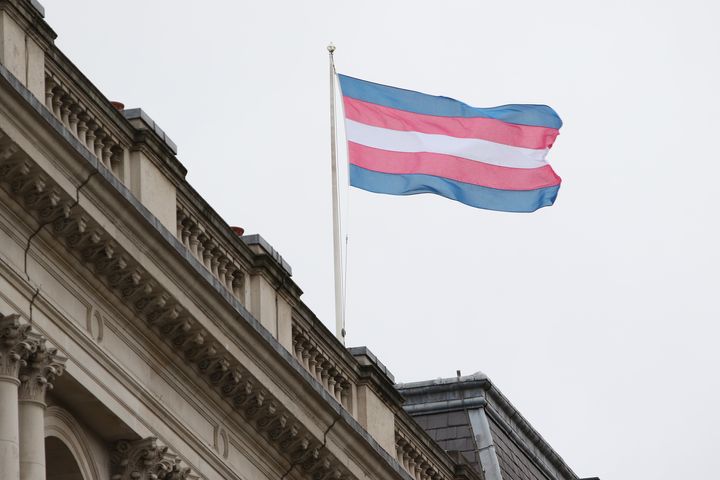
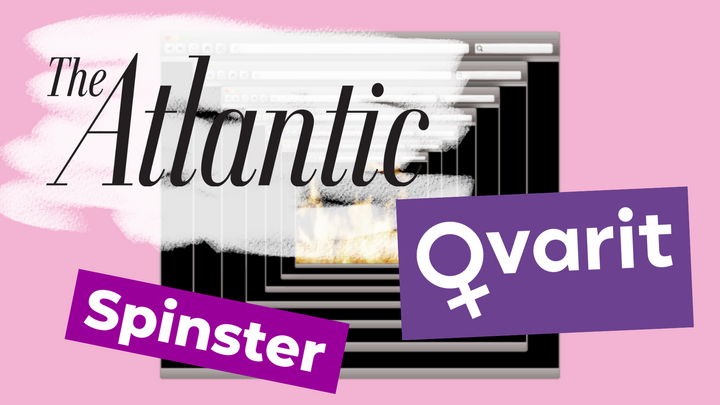
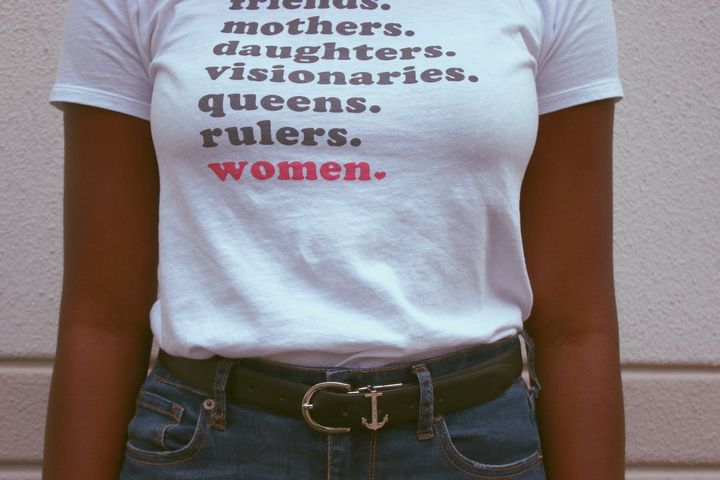
Comments